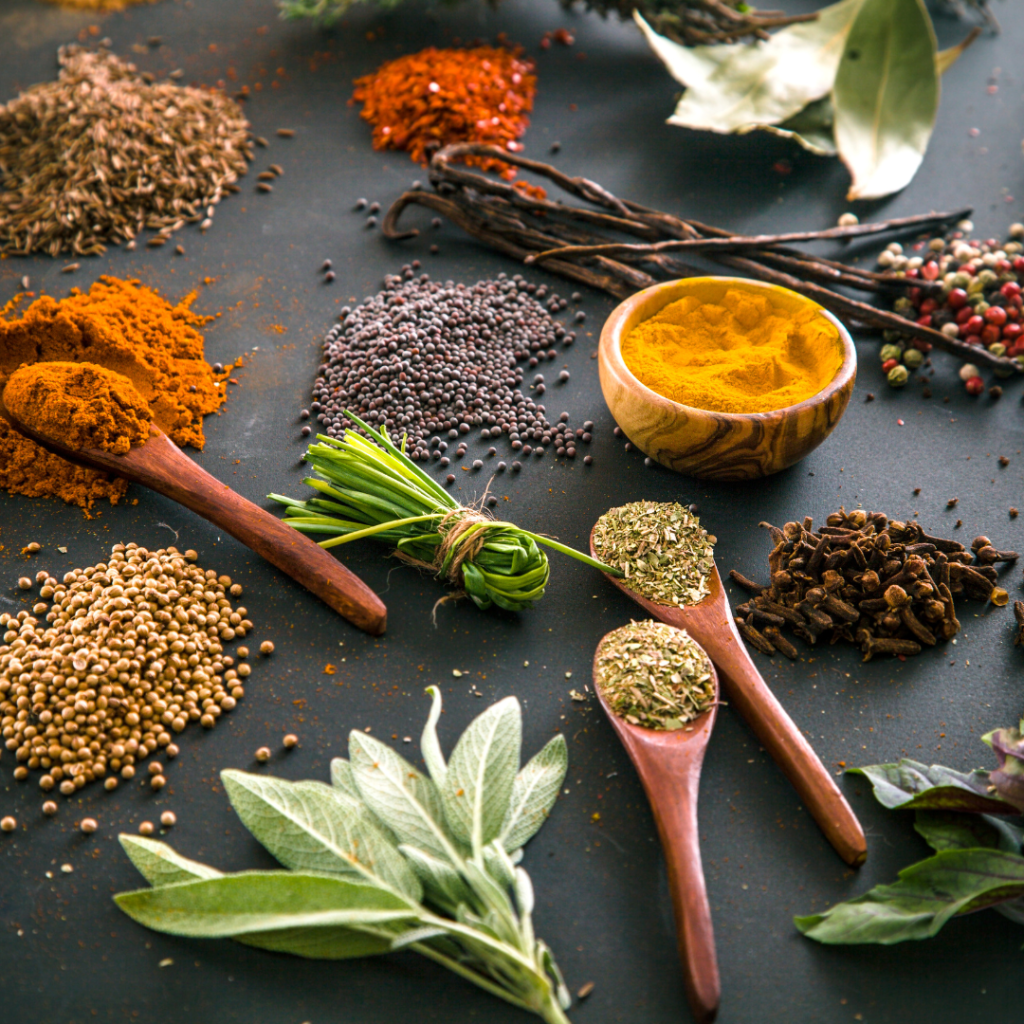For many members of the NRI (Non-Resident Indian) community, the diverse and aromatic world of Indian cuisine can be both exciting and overwhelming, especially when faced with a menu filled with unfamiliar names and dishes. Fear not! This beginner’s guide is here to help you navigate the delightful journey of reading an Indian restaurant menu with ease.
Understanding Sections
Indian menus are often divided into sections, making it easier to navigate. Look for categories like “Starters,” “Main Course,” “Breads,” and “Desserts.” This structure helps you locate your preferred dishes more efficiently.
Vegetarian vs. Non-Vegetarian
One of the primary distinctions in Indian menus is between vegetarian (veg) and non-vegetarian (non-veg) dishes. Keep an eye out for symbols or separate sections indicating which dishes contain meat and which are purely vegetarian.
Spice Levels
Indian cuisine is known for its bold use of spices. Many menus use a spice scale or symbols to denote the spice level of each dish. If you’re not accustomed to high spice levels, consider opting for milder options or asking the server for recommendations.
Exploring Starters
Start your culinary journey with appetizers or starters. Common options include samosas (stuffed pastries), pakoras (deep-fried fritters), and kebabs. These dishes offer a flavorful introduction to Indian spices.
Main Course Marvels
The main course is where the real adventure begins. Look for dishes like biryani (flavored rice with meat or vegetables), curries, and tandoori specialties. Each region in India has its signature dishes, so don’t hesitate to ask for recommendations based on your taste preferences.
Breads and Rice
Indian bread, or roti, comes in various forms like naan, paratha, and chapati. These are perfect for scooping up curries or enjoying with chutneys. Biryani and pulao are popular rice dishes that complement the main course.
Sweet Endings
No Indian meal is complete without a touch of sweetness. Explore the dessert section for treats like gulab jamun (fried dough soaked in sugar syrup), rasgulla (spongy cheese balls in syrup), and kulfi (Indian ice cream).
Beverage Choices
Indian beverages are diverse and refreshing. Try a lassi (yogurt-based drink), masala chai (spiced tea), or nimbu pani (lemonade) to complement your meal.
Seeking Assistance
Don’t hesitate to seek guidance from the restaurant staff. They are usually happy to explain dishes, recommend specialties, and adjust spice levels based on your preferences.
Conclusion
Reading an Indian restaurant menu is like embarking on a culinary adventure. With this beginner’s guide, you’re equipped to explore the rich and diverse world of Indian cuisine. So, dive in, savor each bite, and enjoy the delightful flavors that Indian restaurants have to offer. Happy dining!

